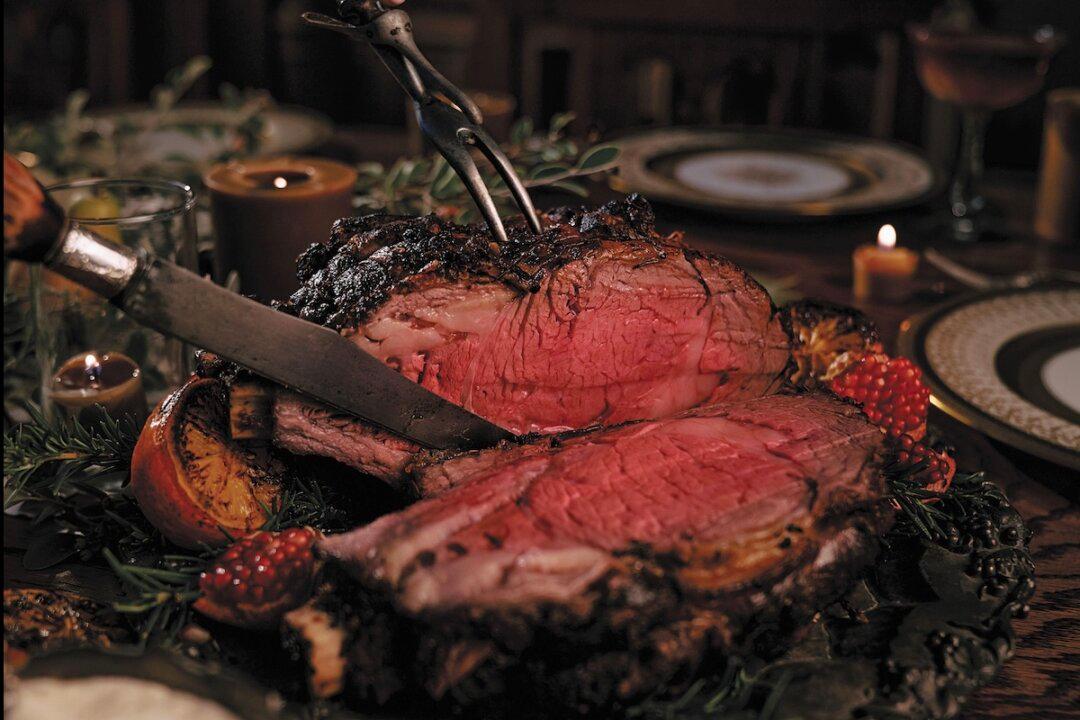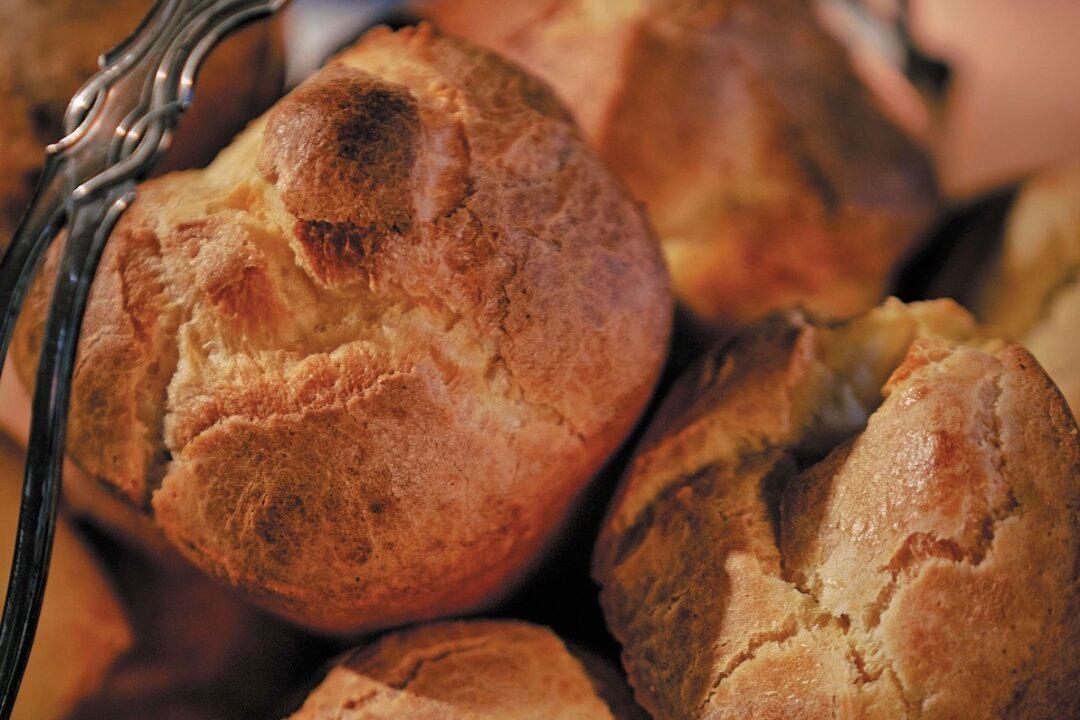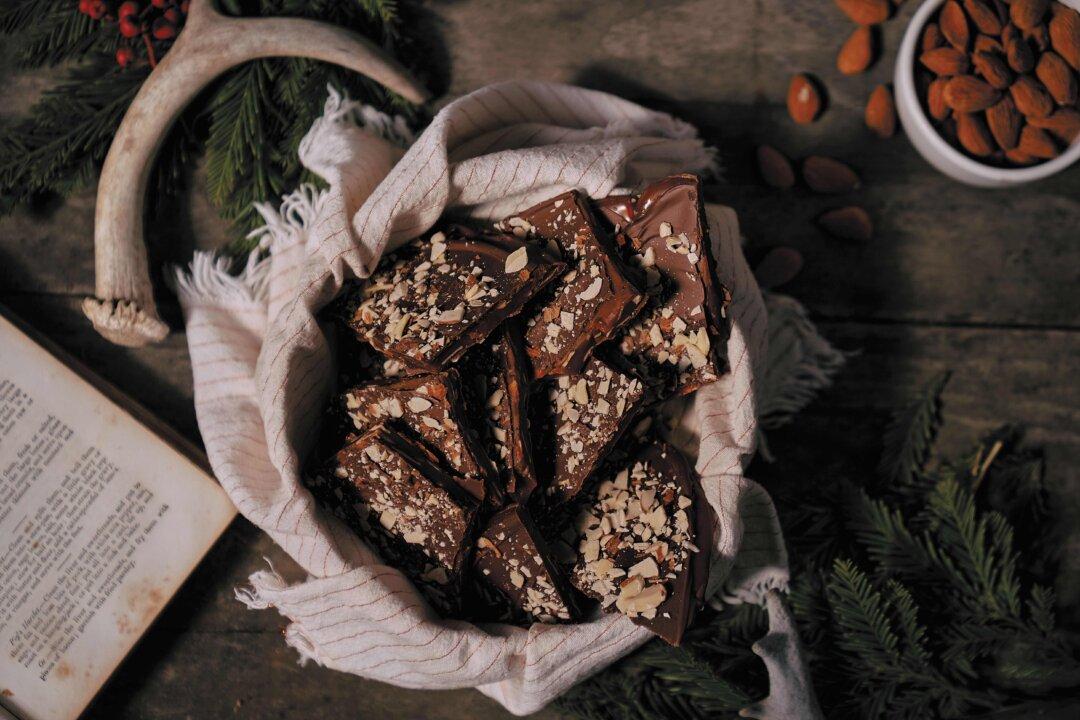A standing roast is my favorite classic holiday-style cut. It’s the most well marbled and the most tender, and because it has the rib bones in it, it has a tremendous amount of flavor. Just putting it on the table gives the meal a special quality. This is the kind of thing you might only serve once a year, but it’s also particularly good for large family gatherings because it lets you cook high-quality meat for a large number of people.
I always tie up my rib roasts—using the classic method of looping twine around the roast and securing it with half-hitch knots—because when you buy bone-in roasts, most butchers will cut the meat away from the bones so that they’re easier to carve and serve. Tying the roast holds the meat against the bones in its original shape, which helps the meat cook evenly and gives it a better flavor. (You can always ask your butcher to tie it for you.)



